Chris Barton is reeling through the creatures documented on the study sites: six species of bats, a long list of birds including rarities like cerulean warbler, a variety of salamanders, mayflies, stoneflies.
Barton, a professor of forest hydrology and watershed management at the University of Kentucky, is discussing monitoring of sites in the Central Appalachian mountains. And on the face of it, the salamanders and songbirds aren’t all that surprising: the Appalachians are a biodiversity hotspot, home to more than 10,000 plant species and 20,000 animal species.
You might assume the biological monitoring is taking place on some pristine nature preserve, perhaps a remote patch of forest. But that’s not exactly right.
He’s talking about mine lands. Specifically, mine lands restored for conservation.
I grew up on the edge of Pennsylvania’s coal country, and I have strong memories of the aftermath of mining: degraded landscapes, struggling communities, dead streams. What Barton is describing doesn’t match the images in my head.
He’s describing a partnership between The Nature Conservancy, Green Forests Work and other agencies and organizations to reclaim mines in ways that benefit biodiversity, carbon storage and local economies.
Let’s take a look at how Central Appalachian mine lands can be restored to forests that benefit people and nature.
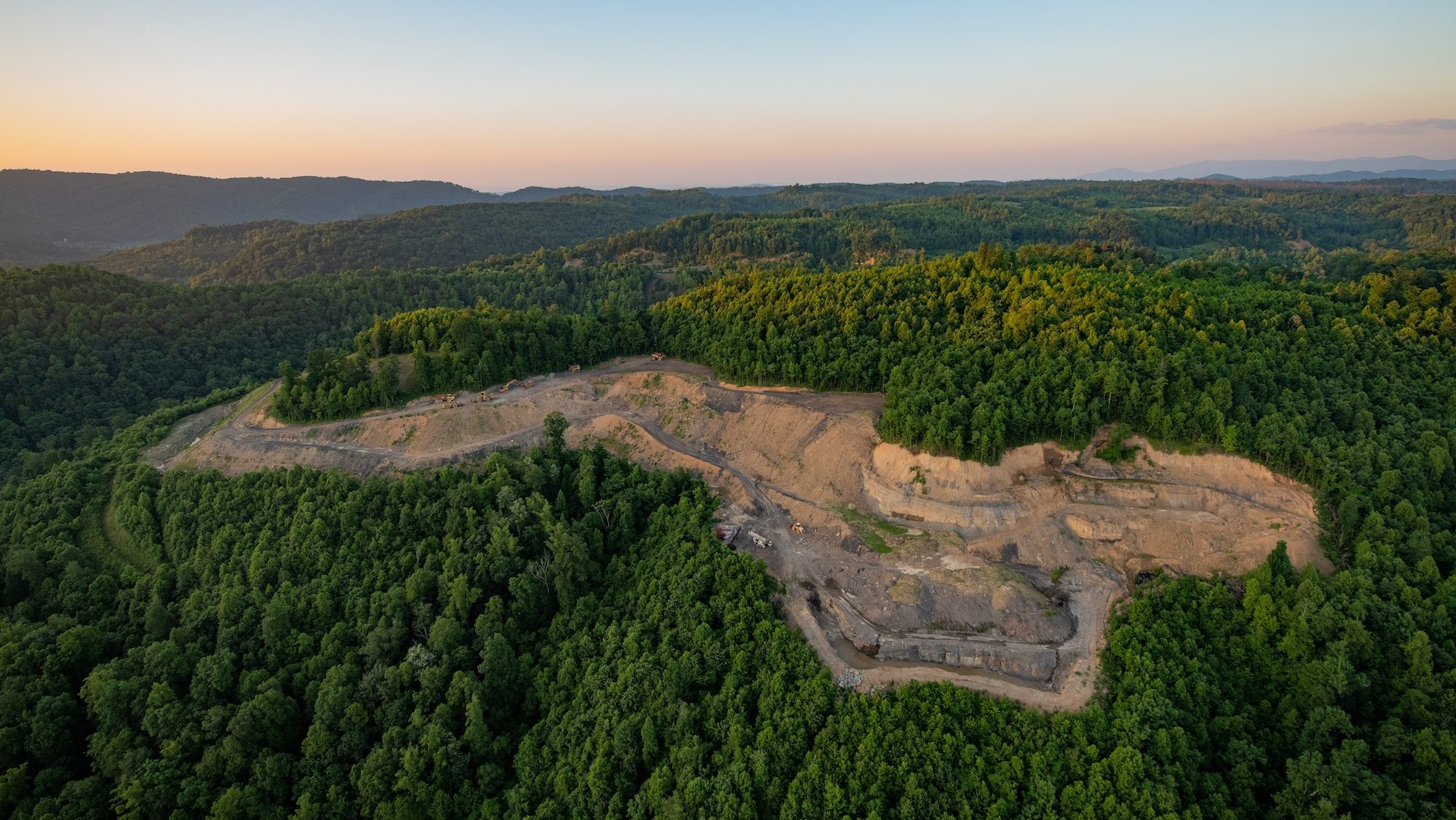
Beyond the Grassland
Katy Shallows, restorations strategy manager for The Nature Conservancy, has seen firsthand the impacts of coal mining on the Appalachians. Seeing an individual mine site gives part of the picture. But she says that still doesn’t capture the extent of the issue.
“When I look at aerial images, it always strikes me just how much our forests have been impacted,” she says. “The enormity of the impacts on our forest can be overwhelming but there is so much hope.”
She’s looking at mines across the region, including parts of Pennsylvania, West Virginia, Virginia and Kentucky.
After the mining companies depart, the land often sits unused and neglected. Only 3 percent of such lands are developed. Shallows says some believe that nature just reclaims the sites. But that “reclamation” doesn’t look much like the Appalachian forest.
“If a mine site is just left to regrow on its own, it is very likely to be overtaken by a lot of weedy, invasive species adapted to these conditions,” she says. “One of the most common species you’ll see is autumn olive, an invasive plant.”
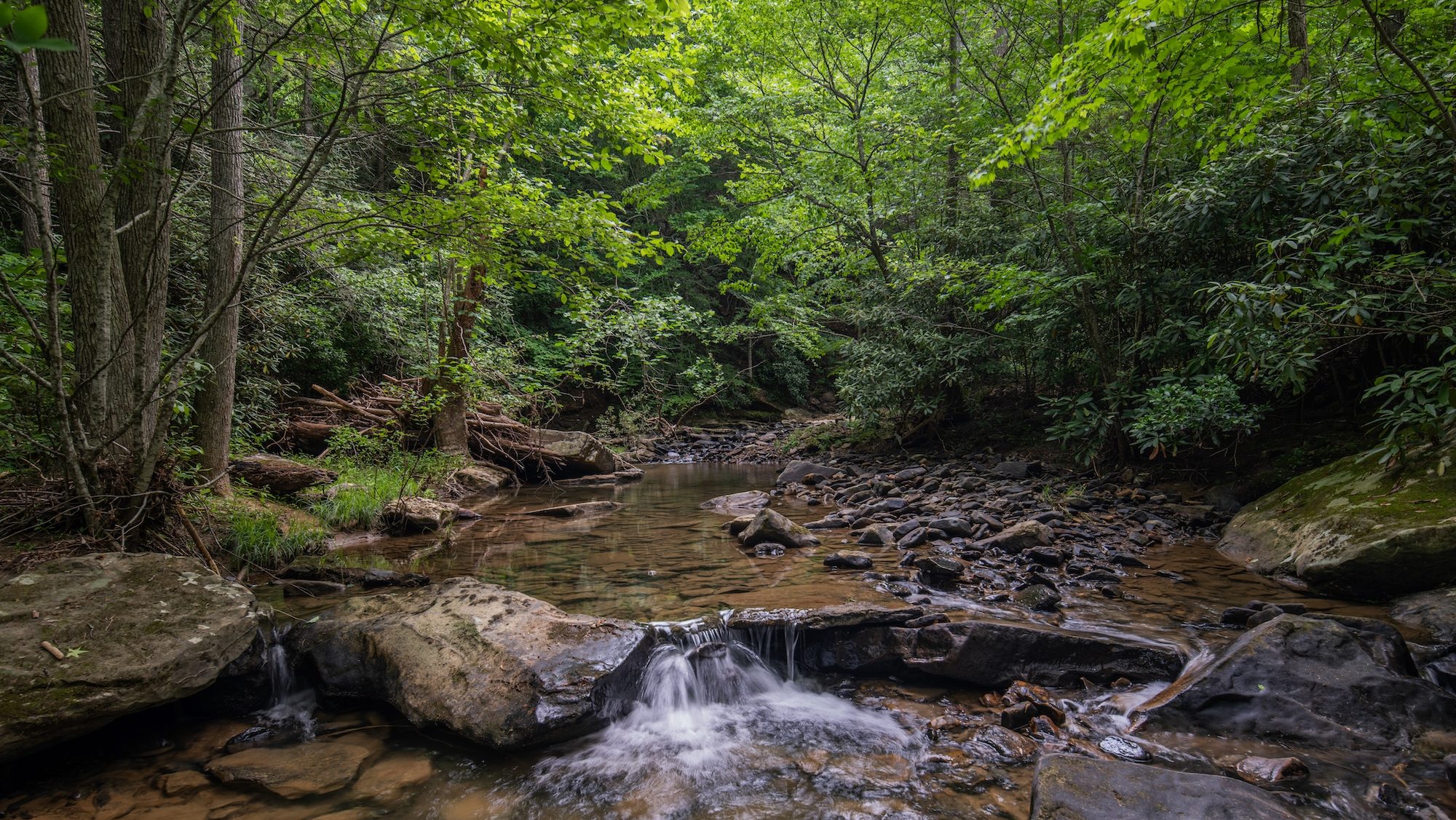
That’s because mining heavily compacts the soil. Native trees can’t set roots. And often, past mining reclamation techniques haven’t helped. That’s because the emphasis was solely on erosion control, certainly important but something that could be accomplished by planting non-native grasses.
“Much of the reclamation was turning the diverse Appalachian mountains into a grassland,” says Barton, who also is president of Green Forests Work. “We did a lot of research on how you could get trees to grow on these sites.”
That meant the first step in restoration was decompacting the soil, or what many conservationists I spoke with called “ripping it up.” The idea is to get water infiltrating the soil, to create conditions where seedlings would sprout.
Then came the tree planting. More than 6 million trees have been planted on Central Appalachian mine sites so far. But even that number is only part of the story, Shallows says.
“This is about more than planting trees,” says Shallows. “It’s an impressive number. It feels good to plant trees. But we are focused on restoring whole ecosystems here. We want a healthy, functioning, diverse forest.”
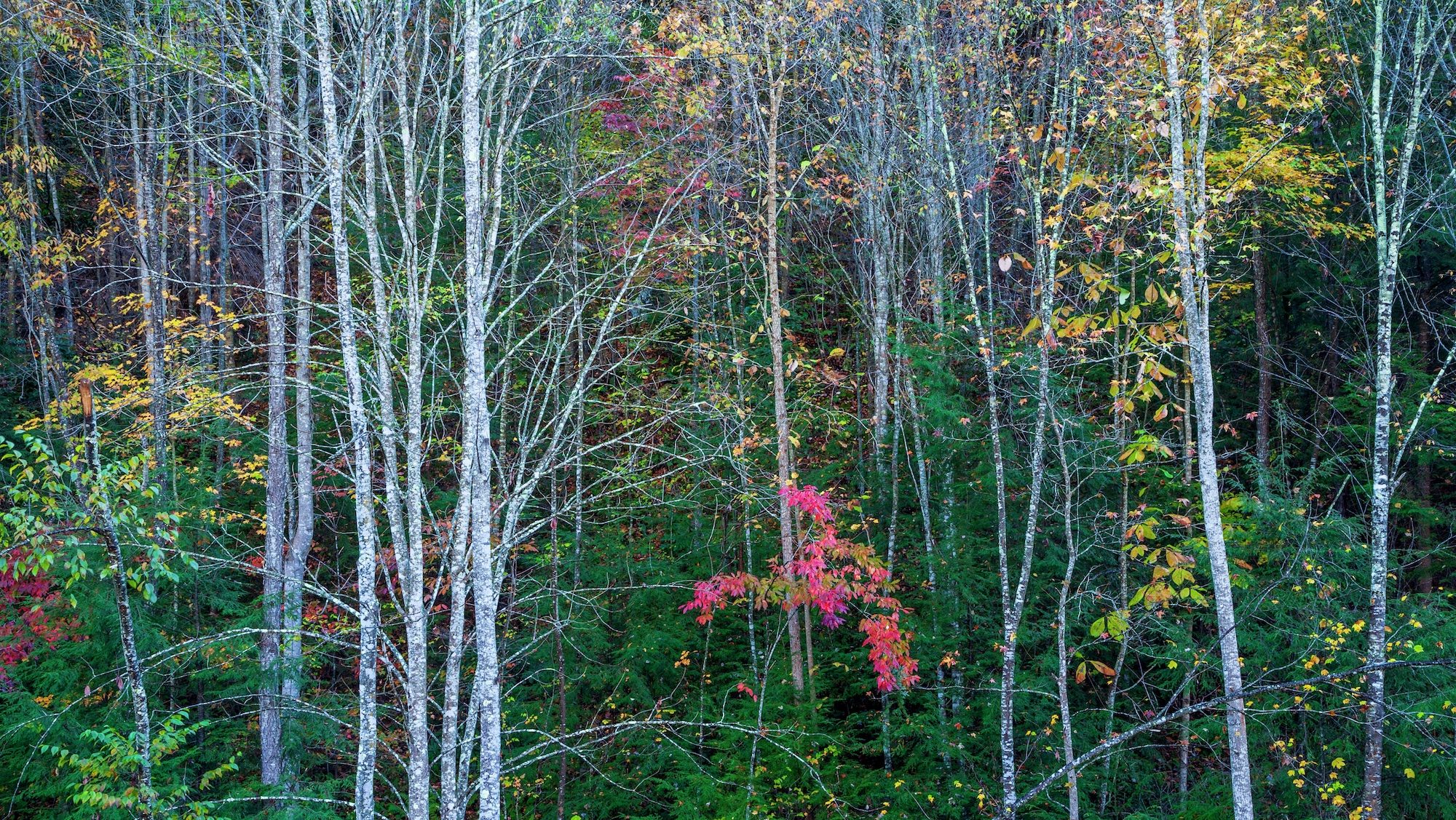
A lot of research is put into the mix of trees that get planted, aiming to replicate the reference conditions of a diverse forest. Other work restores wetlands and creeks; more than 2,000 miles of streams have been buried by mining practices in the central Appalachians.
Many, familiar with just how degraded mine lands could be, were skeptical. Could these neglected sites really be restored to forest?
But the results can be dramatic. “It’s so incredible to have a site that was just a monoculture of invasive shrubs, so dense you can’t stick a finger into it, and see that transformed into a diverse, thriving ecosystem,” says Shallows.
This is the point where Barton and other researchers often enter the picture. “We do a lot of our work when the restoration is completed,” he says. “We’re looking at hydrology, soils, wildlife. We compare natural systems, traditional mine reclamation and restored systems.”
Even he has been surprised at the results. Trees have recolonized. And once the forest becomes established, wildlife quickly find their way to it.
“These sites quickly become recolonized by amphibians. Moths, the prey base for bats, return in similar numbers to what you see in unmined sites,” he says. “We’re seeing mayflies and stoneflies in streams, and fish are showing up.”
The Nature Conservancy has set an ambitious goal for mine land restoration, one that paints a hopeful picture not only for biodiversity but for local communities.
Nature + Economy
The goal for economic development in the Central Appalachians is similarly ambitious. “We want to turn these mine lands from liabilities to assets,” says Eriks Brolis, director of economic development for The Nature Conservancy in West Virginia.
Those efforts focus on fostering a transition to more climate- and nature-friendly economic development, including utilizing mine lands for tourism and recreation, restoration for biodiversity and climate change and solar energy development.
A restored forest is great for wildlife, and it’s also great for outdoor recreation. Hiking, hunting, birding, fishing, mountain bike and ATV riding and more can take place on former mine lands. An acquisition by the Conservancy in Virginia supports continued elk restoration and wildlife watching. This can draw visitors and contribute to the local economy, but it’s also a local benefit.

“It’s important to build recreational resources for the local community, not just for tourism,” says Brolis. “A lot of people who live here love to spend time in the forest.”
Some mine lands offer fewer opportunities for successful forest restoration, and these sites can be developed for solar energy projects. An innovative project involves the partnership with energy companies to pursue the first utility scale solar projects on former mine lands.
“It’s a balancing act,” says Brolis. “We look at places that are challenging to restore and that are closest to existing transmission infrastructure, much of it in place from the mining industry.”
Brolis notes that diversifying economic development depends on an integrated approach that includes policy, science and on-the-ground projects.
“I think there’s an increasing recognition that we need to look at a broader set of economic opportunities in this region,” says Brolis. “These communities want their kids to have jobs so they stick around.”
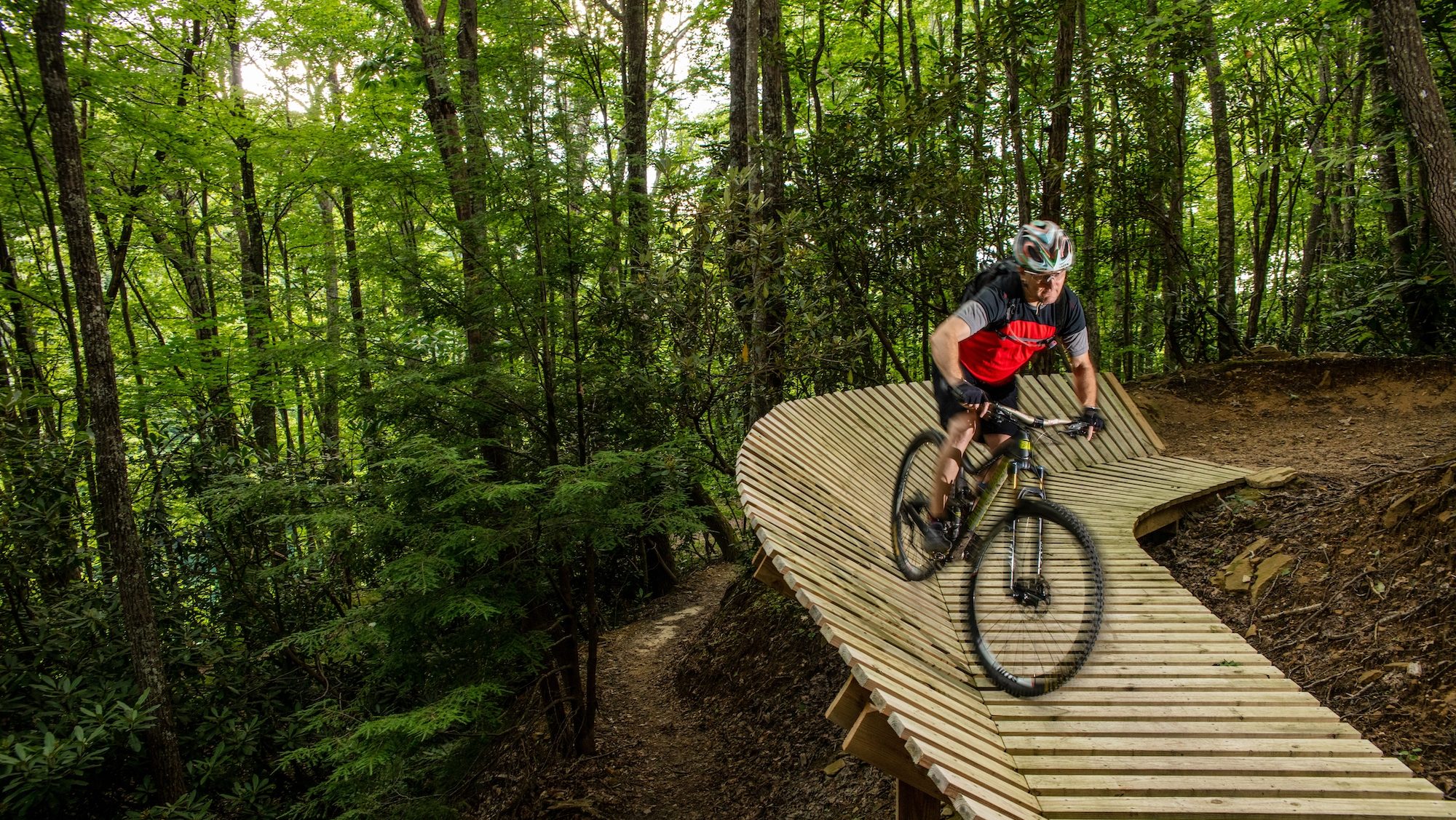
Cumberland Forest
What does the future of the forest look like? One answer can be found in the Cumberland Forest, a 253,000-acre project in Kentucky, Virginia and Tennessee managed by The Nature Conservancy. This wide swath of forest was once the site of heavy extractive industries including mining and logging.
The scope of conservation activity matches the size of the forest. Mine sites have been restored with hundreds of thousands of trees. Disease-resistant American chestnuts – functionally extinct in the eastern forest – have been planted.
Safeguarding this vast stretch of forest tackles climate change on two fronts: by storing millions of tons of carbon dioxide and by connecting a migratory corridor that scientists believe could be one of North America’s most important “escape routes” as plant and animal species shift their ranges to cooler climates.
Sustainable forestry is an important part of the mix. The Conservancy is even partnering with a bourbon company interested in sustainable sources for its bourbon barrels.
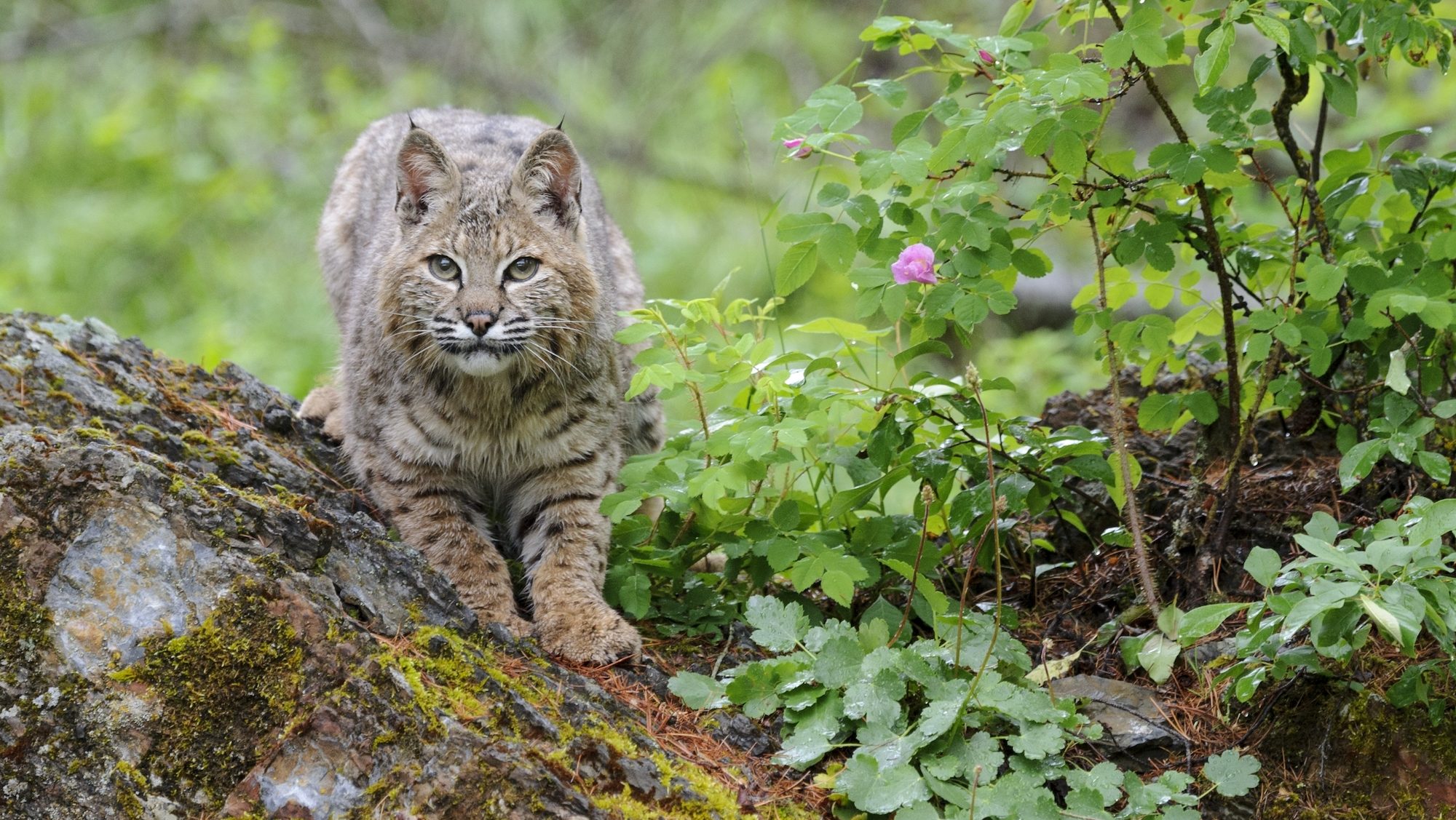
“The mine lands have existed in a state of arrested development,” says Chris Garland, Central Appalachians project director for The Nature Conservancy. “We’re showing how restoring these lands has so many benefits, for biodiversity, for carbon storage and for the community.”
As with other Central Appalachian forests, the Cumberland is rich in amphibian diversity and draws migratory songbirds. It’s also home to larger species, including white-tailed deer, black bear and a reintroduced population of elk.
“I grew up here. It puts a smile on my face to see the Appalachians spoken of as a place of global importance,” says Garland. It’s just as important biologically as the places you see on National Geographic.”
And while all conservationists involved recognize there’s still much work to be done, the successes so far have been notable. “The forest is Kentucky’s economic future,” says Garland. “There’s a lot of opportunity here, with multiple benefits.”
Chris Barton agrees. “There’s hope for these sites,” he says. “I was one of those people who were skeptical that you could bring back the ecosystem. But we’ve demonstrated over and over that you can. Putting these sites back into forest is looking to the future.”
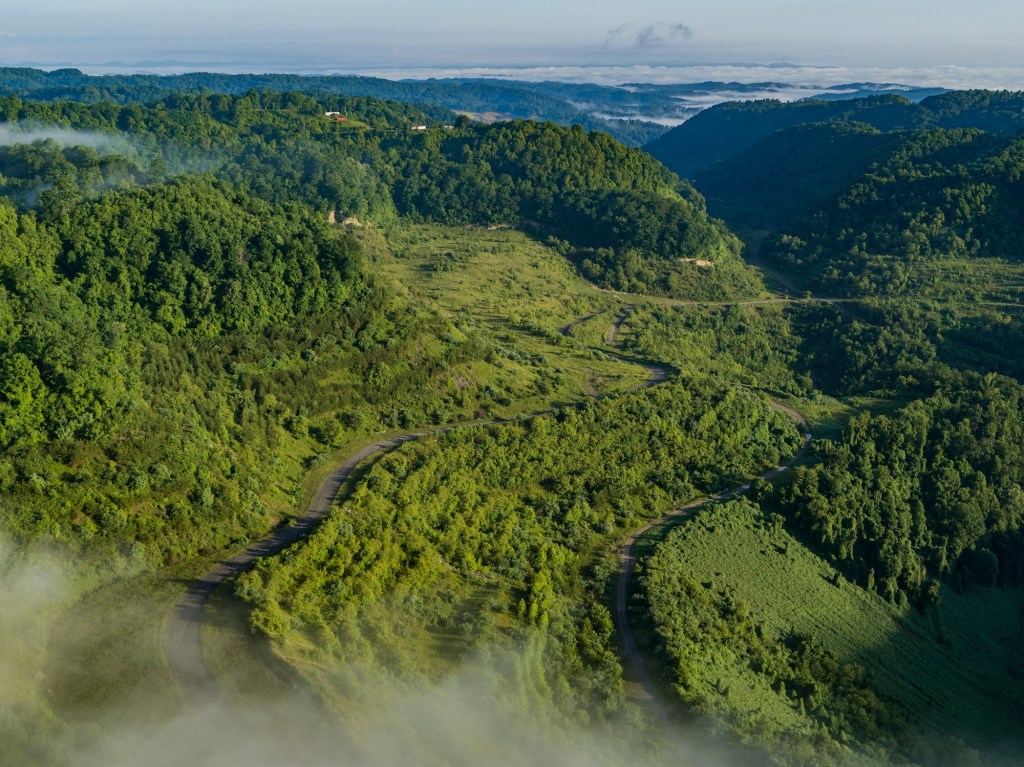



I live surrounded by strip mined land. I have walked it for 40 years. I have inspected a small part of it that was reclaimed back to “woodland” from pasture land. Nothing good is happening on any of it. The planted trees in the “woodland” portion all died and the rest is overgrown by Russian olives and ugly grasses. We have allowed cows on it to provide a little fertilizer, but since there is no topsoil, none of it does any good. Your report sounds very rosy and I contribute to you organization, but the reality is far from any meaningful change in the thousands of acres of ruined lands.
Hi Greta,
Thank you for your comment. I agree: many “reclaimed” mine lands are dominated by invasive species. That is in no small part what the project I write about is addressing. There are more effective ways to reclaim mine lands, and it begins by using research to plant native varieties of trees, treating the compacted soils left by mining activity and considering all components of the ecosystem. Fail to do that, and you get the scenario you describe. But, in the mine lands described by the story, the results have been much more encouraging for native vegation and wildlife. Thanks for writing.
Matt Miller
To establish an organic fraction ot the soil, we should recycle wastewater biosolids and other organic residuals on these reclamation sites. Utilizing these residuals incorporates and “banks” that biogenic carbon into the soils and provides fertilization. Recycling these nutrients means not putting them into a landfill where they promote the production of green house gases, particularly methane, which is more destructive than CO2. Without the use of these residuals, we would need to use fossil fuel derived fertilizers/carbon, adding to GHG impacts.